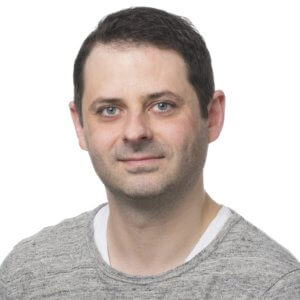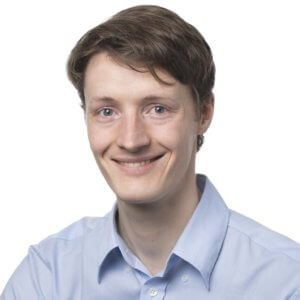photonics research
The photonics group at DFM has many years of experience with research and development within precision measurements using lasers and light. The photonics group focuses on spectroskopy and radiometry.
What is spectroscopy? Spectroscopy is used to measure the spectral characteristics of gases and to determine the amounts of gaseous substances. Furthermore, spectrocopy is the basis for the realization of the meter in Denmark.
What is radiometry? Radiometry is the measurement of optical power and of the spectral characteristics of light sources, such as lasers and LEDs. DFM offers traceable calibrations of optical power and wavelength.
Wavelength standards
DFM is deeply engaged in the development of wavelength standards that utilize molcular spectral lines. DFM has developed standards based on the molecules HCN (hydrogen cyanide) og C2H2 (acetylene), which now are used for accredited calibrations of equipment for the measurement of wavelengths. Much work has concentrated on the use of gas filled hollow-core fibres for frequency standards. Based on this work, DFM has launched the Stabilaser 1542 and the Stabilaser 771, two exceptionally stable lasers that are stabilized to acetylene and used worldwide for leading-edge research. For more information on these products, take a look at our Stabilaser web pages.
Ultraviolet radiometry
Ultraviolet (UV) light is characterized by a high photon energy that can break organic chemical bonds. For this reason, UV light can have a large impact on biological and chemical systems. However, UV light can also have detrimental effects e.g. breakdown of materials and damage to DNA. DFM is accredited for measurement of spectral radiance and irradiance, and may also perform photobiological safety evaluation and classification for light sources. DFM frequently performs specialized measurements and consultancy concerning UV light.
Primary metods for chemical metrology
Based on our experience with optical spectroscopy DFM develops primary methods for the analysis of gas mixtures. The specific absorption spectrum for a molecule allows its detection, even when present in small koncentrations in an unknown gas mixture. DFM utilizes direct absorption spectroscopy as well as cavity ringdown spectroscopy in the development of the analysis methods.




